Welcome to the “Was”
This was as good as it got in the 1960s when it came to an authentic-looking CO2 model of a centerfire handgun. And it was a Smith & Wesson-style revolver. In the 1960s and 1970s the vast majority of uniformed and plain clothed police, state and federal lawmen, even the FBI, were still packing double action revolvers, mainly Smith & Wesson models, along with various Colt revolvers like the Detective Special. Most everyone learned to shoot back then with a revolver (unless you were in the military where the Colt M1911A1 was the primary sidearm). Even so, revolvers had proven to be the best choice in learning gun handling skills. Crosman knew this in the 1960s, but not for the reason you might suspect.
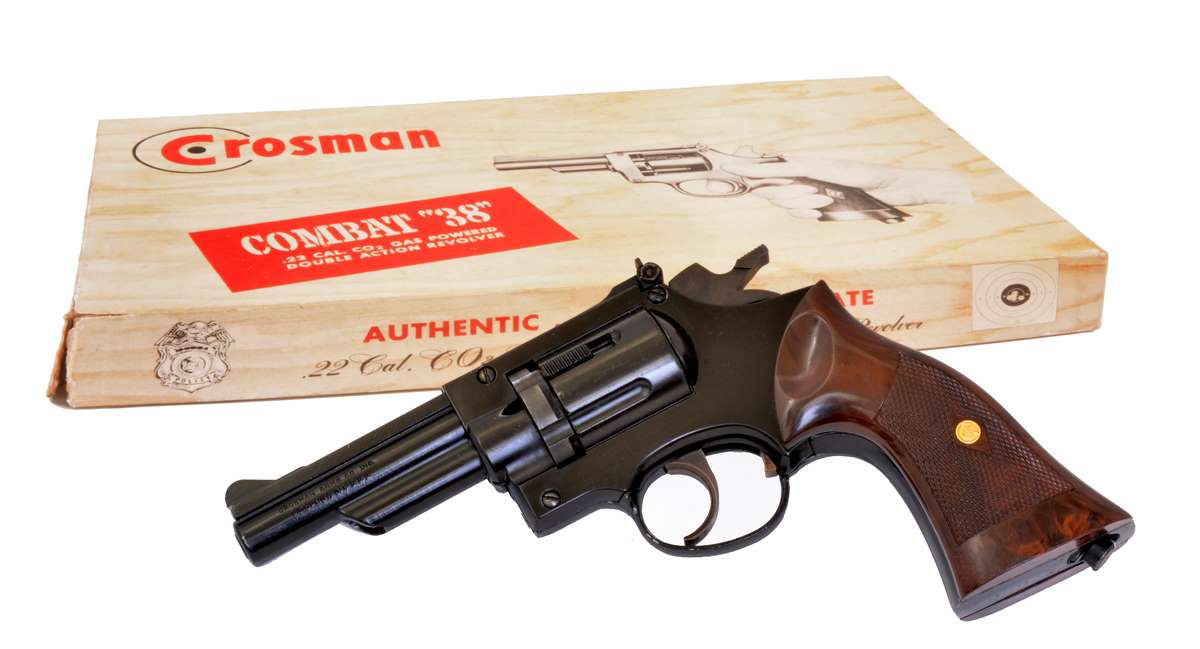

In a 2009 article for the New Zealand firearms publication NZGUNS (NZG&H), writer and airgun collector Trevor Adams did an extensive review of the Crosman Model 38C and 38T, and their heritage as training guns, which in 1960s were made by Crosman for use by law enforcement and the U.S. Air Force, which relied more heavily on revolvers than semi-autos. In fact, this was the initial reason that Crosman developed the 38T and 38C because the Air Force used S&W .38 Special revolvers. Crosman made the .38 series pellet models in both .177 and .22 caliber, the latter as training guns used in a program for the USAF and law enforcement. Of course, the idea of using airguns for military training had been around since before WWII; today it has just become more practical with modern blowback action CO2 models that are virtual 1:1 matches to their centerfire counterparts. Half a century ago, the manufacturing technology used today simply did not exist. Crosman made remarkable inroads with the 38T and 38C models as training guns and civilian pellet pistols that were reasonably authentic copies of .38 Special Smith & Wesson revolvers.
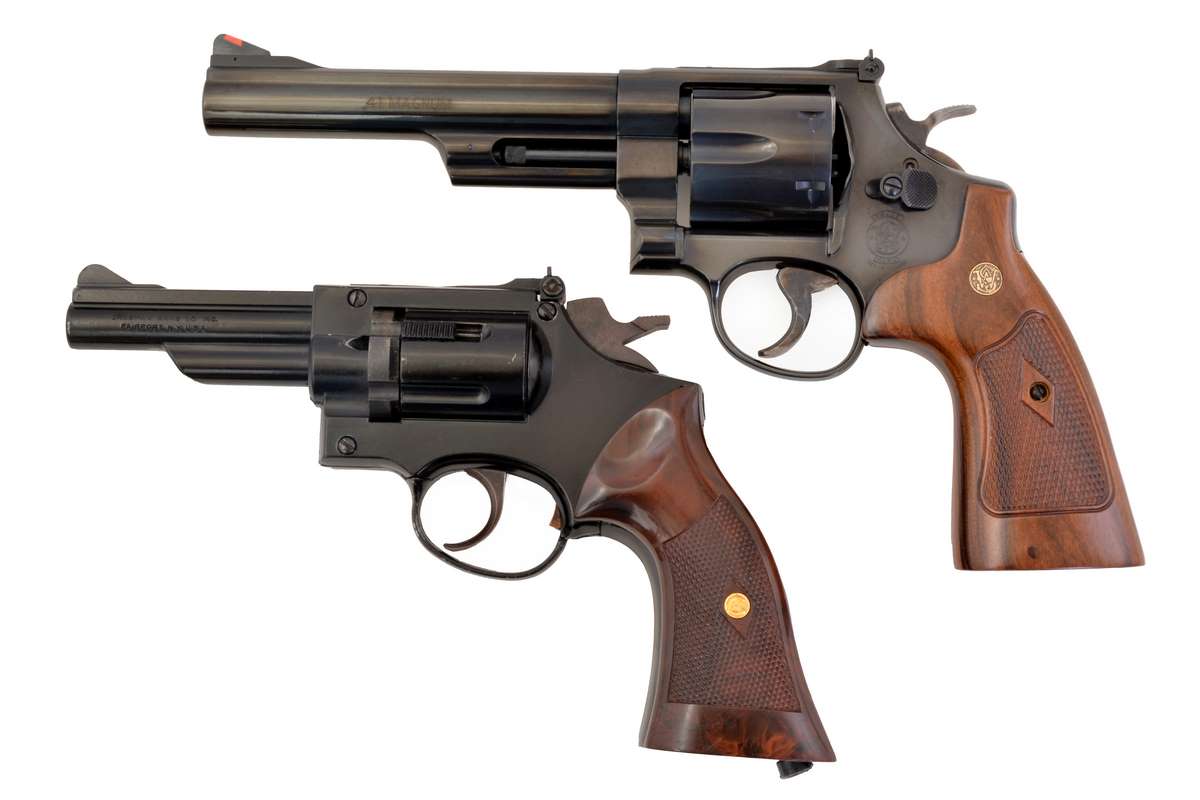
The training program devised by Crosman was called the Moving Picture Combat Target System, which became the basis for today’s high-tech visual training programs, only in the 1960s it was an 8mm film being projected onto a paper screen where the holes from fired pellets could be reviewed for accuracy. As Adams wrote, “Scenes depicting clear and present danger and/or doubtful situations flashed on the screen before a trainee officer armed with the Crosman 38 revolver. He would shoot or hold his fire according to how he assessed the scene before him.” Crosman’s situational training program was so successful the FBI starting using it in 1960s. With that kind of acceptance by the military and law enforcement, Crosman had no problem selling the 38T (Target with 6-inch barrel) and 38C (Combat with 3.5 inch barrel) models to the civilian market, whether they just wanted a pellet pistol that looked like am S&W or for training purposes.
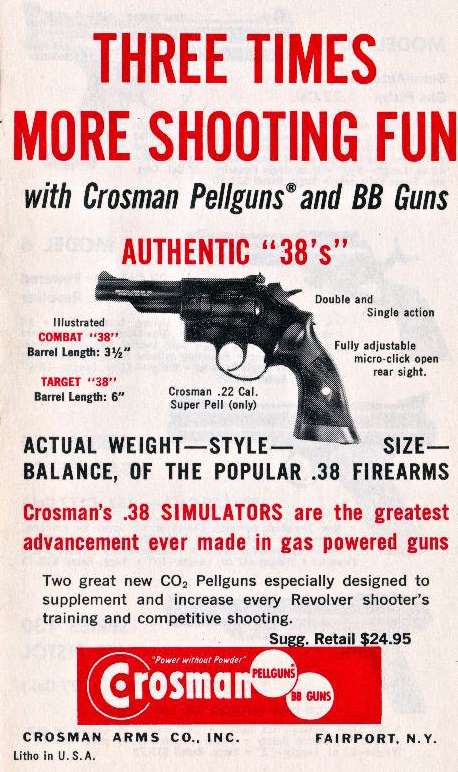
Crosman Was Always a Leader
Established in 1923, over the past 97 years Crosman has become one of the best known names in airgun manufacturing, and just to point out how significant the company is, all the way back in 1931, Crosman CO2 guns were showcased at the National Camp Perry Matches.
Crosman was breaking ground in other areas we enjoy today as well, like western single actions. In 1958, Crosman was selling the Hahn “45” or more popularly, the Model 45, a 6-shot, BB firing copy of the Colt Single Action Army revolver, (more about that in a forthcoming article).
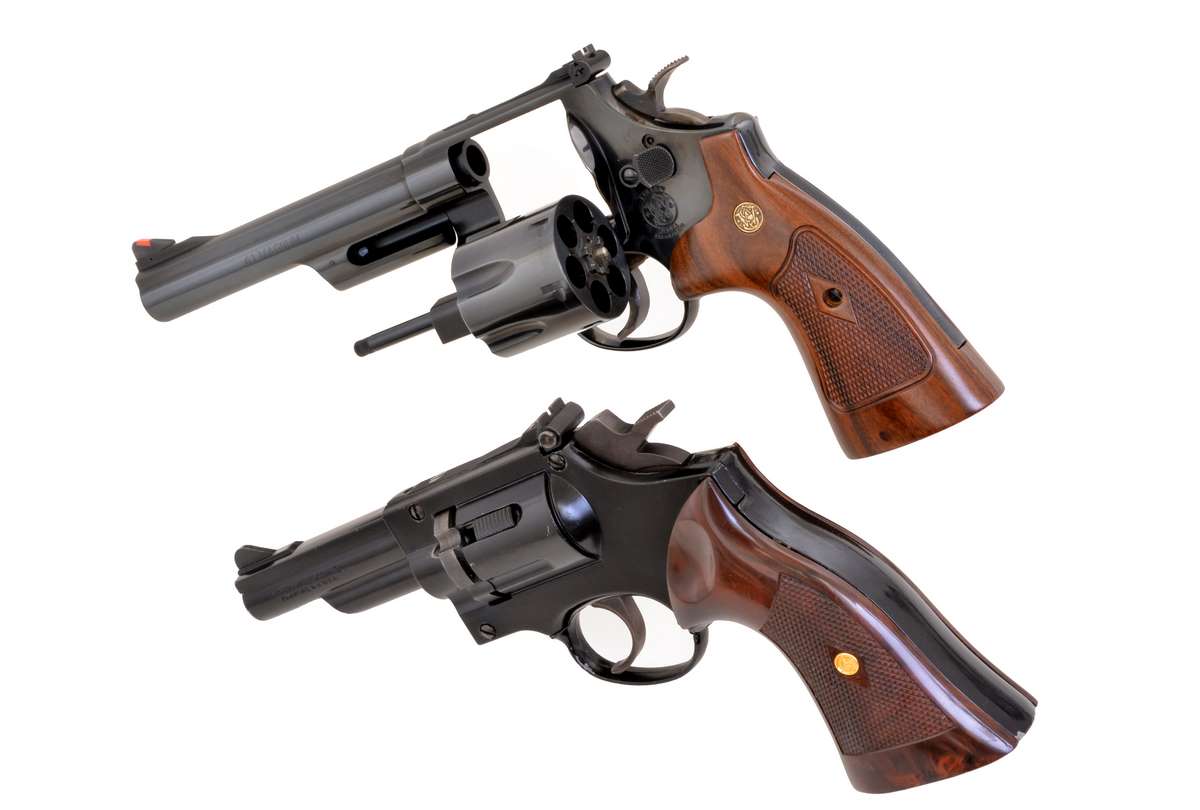
Having initially built S&W-style pellet revolvers for the military, state and local law enforcement agencies, and the FBI (a fascinating story of its own in the 1960s), Crosman eventually produced the 38T and 38C in three variants over a period of 17 years. The original designs used as training guns were built from 1964 to 1973, like the example pictured with the metal rear sight and cylinder; the second variant, with plastic rear sight and cylinder, from 1973 to 1976, and the third versions, manufactured until 1981 (38C), with the 6-inch barrel (38T) remaining in the Crosman line until 1985.
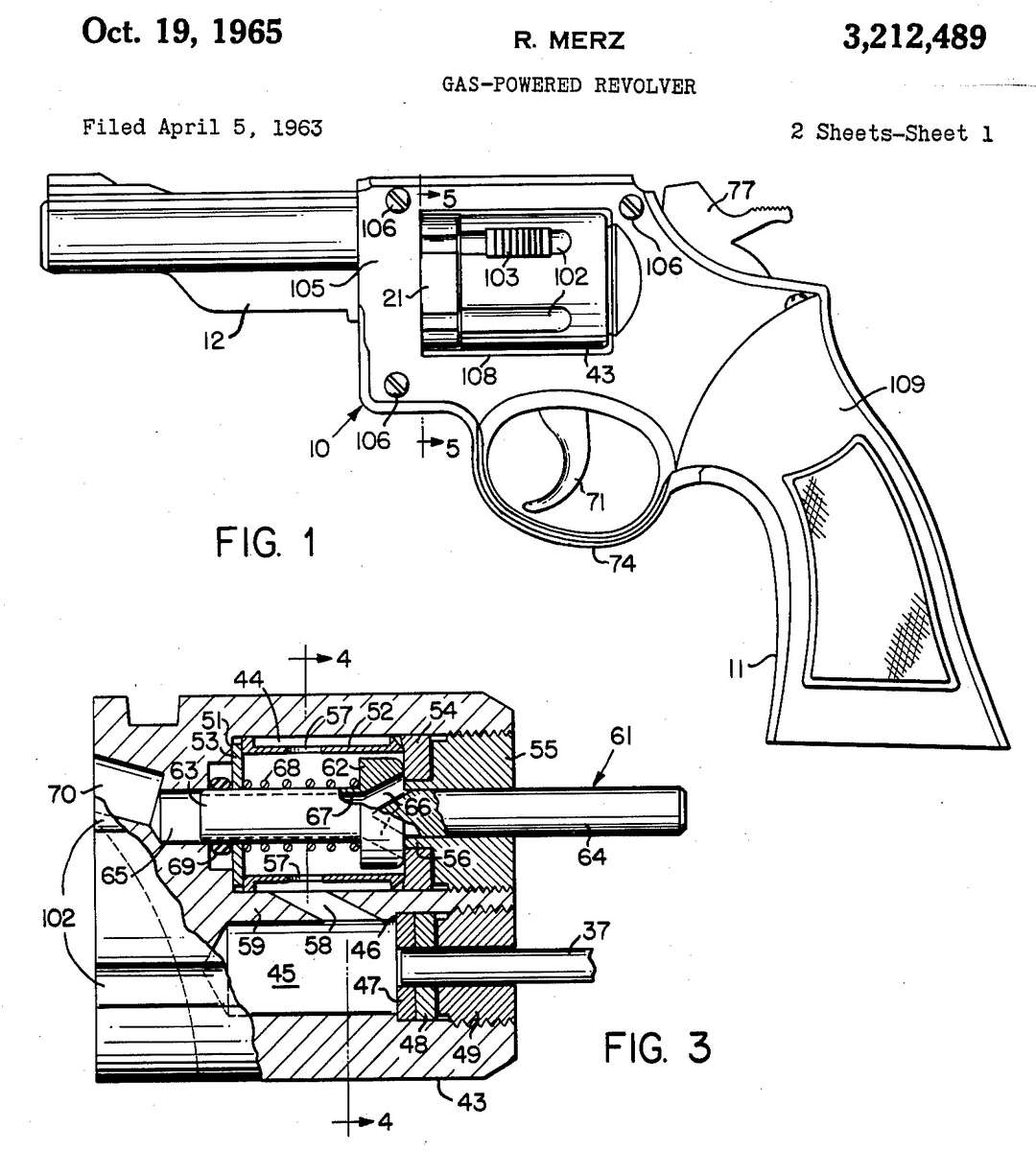
From the onset, Crosman recognized the S&W-based CO2 models were not toys, and sold them as adult air pistols, even noting in one ad from the 1970s, “A 38 shooter can use our gun and get the perfect feel. You can practice at times when you can’t get to the range! Six .22 caliber pellets in a revolving cylinder…about the only difference from the real thing is that there’s no brass to eject. The price of shooting? About a penny a shot. The price of the gun? Low enough so that every kid over 30 deserves to own one!”
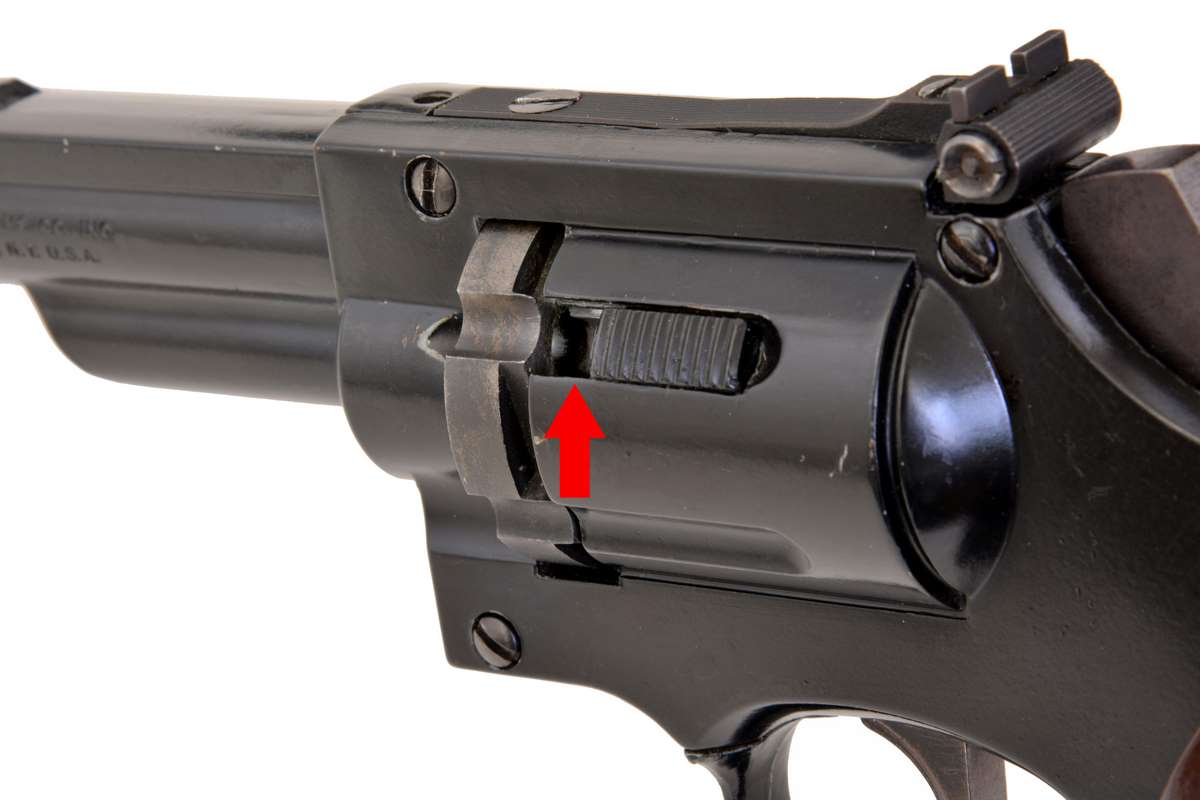
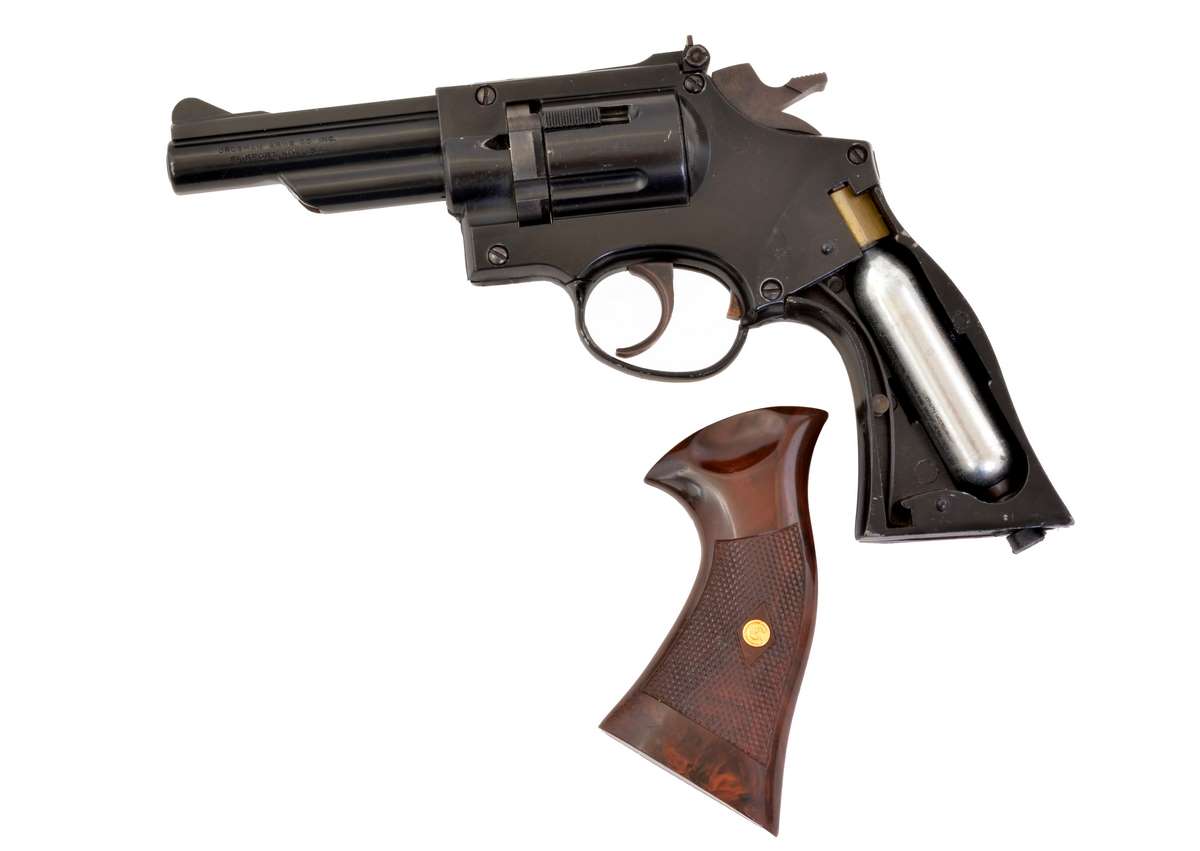
Although the Crosman 38 series air pistols were designed in the early 1960s, there are still elements of those pistols in use today on both Crosman and other CO2 revolvers. Like many of today’s CO2 revolvers, the Crosman used a 6-shot rotary magazine in front of the cylinder which rotated from chamber to chamber. The frames were cast zinc alloy with internal parts made from steel, brass and copper and the guns were nicely finished and fitted with plastic grips that had a very realist wood grain and checkered grip panels like an S&W. Plastic grips were already in use on centerfire guns, so this was not a big deal.
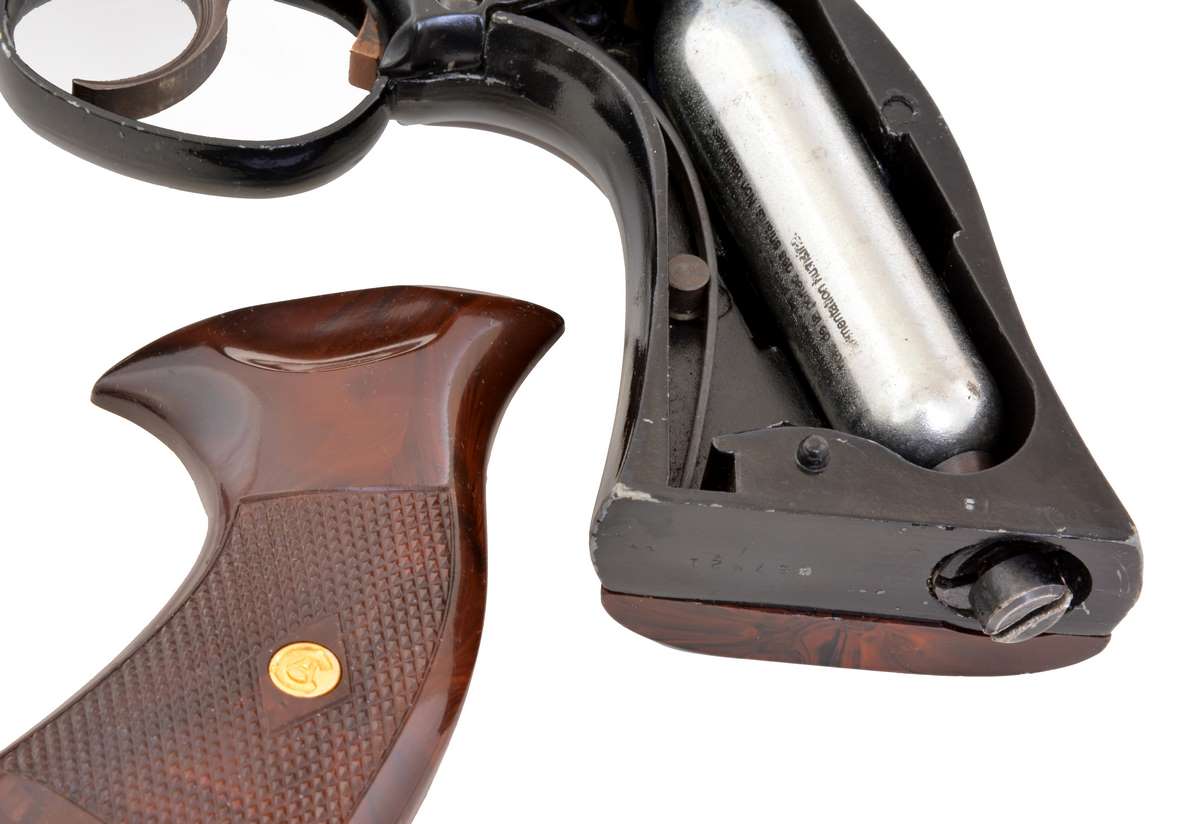
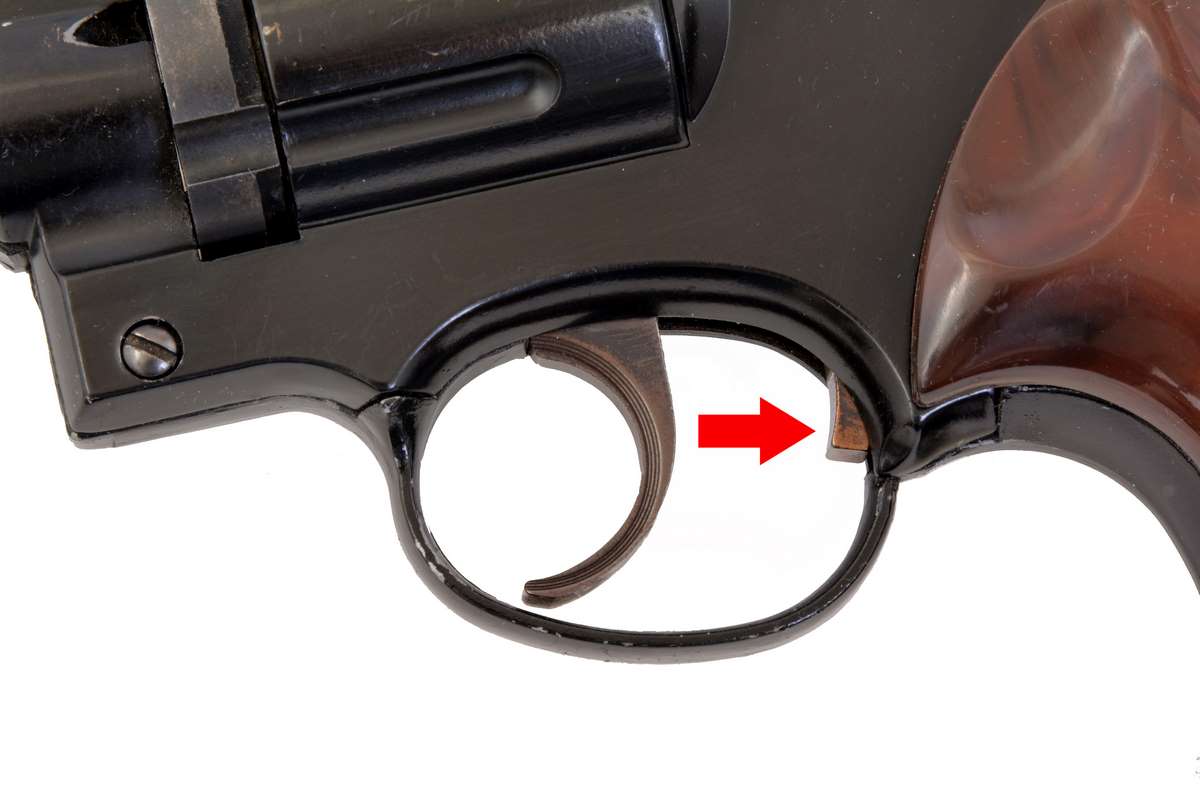
Taken in the context of the 1960s and 1970s, these models represented groundbreaking airgun technology that would last well beyond the life of the 38T and 38C Crosman models.
Our special thanks to Dr. Michael Rosenfeld for the loan of his Crosman 38C for this series of articles.
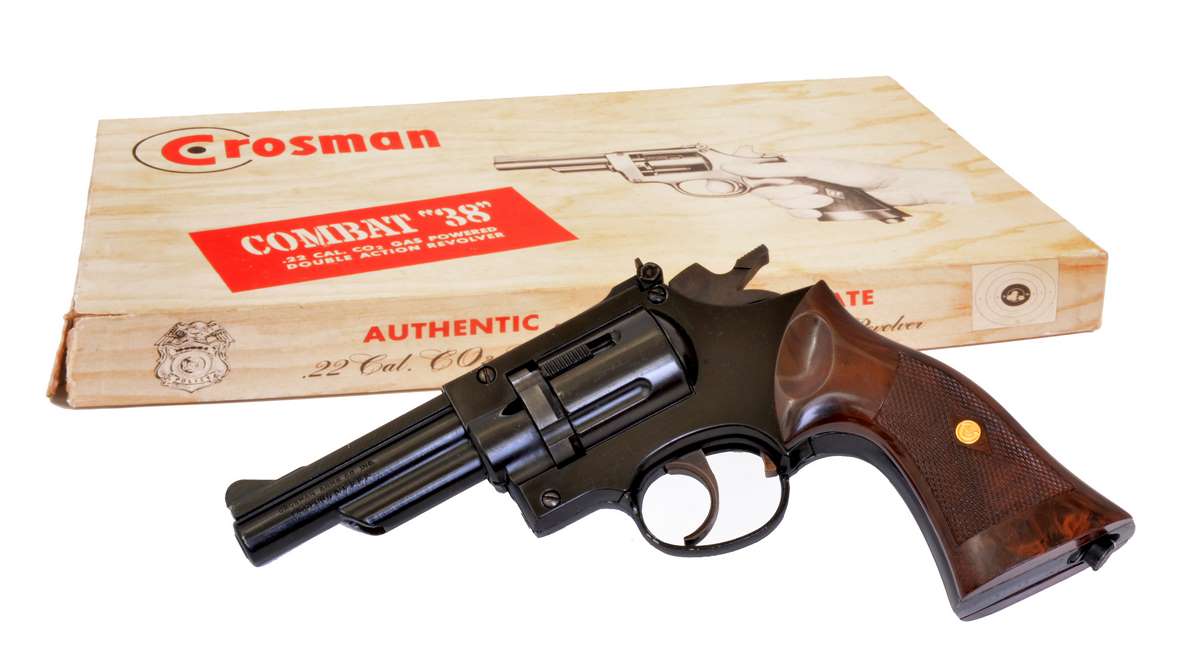
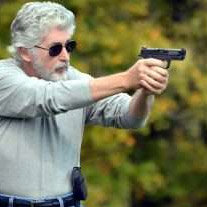
Having already expressed here my wish for a.22, 5fpe, N frame S&W copy, all I can say is wow; I didn’t know about its existence. My dreams are coming back for such a revolver, along with a Colt Army 1860 off course.
In the early 2000s Daisy was persuaded to offer a limited run of spring powered Single Action Peacemakers for SASS members, so retro guns can be made. Crosman should consider a Classic Series reissue if these and the sorely missed 600 semiauto. If not , a modernized version of this revolver using pellet cartridges 177 in the frame size pictured here , and a scaled up 2/ to replicate theS&W N frame. Make our day
While there may be more modern looking Airgun revolvers today , none captures the look and feel of the revolver that Legendary Lawman Bill Jordan called a peace officer’s dream revolver, the S&W Combat Magnum, as well as this old Crosman. Forget the rails, polymer, optical sights. Walnut and steel, the real deal. As you will see , this revolver loads slow but it shoots fast, hard and accurate.